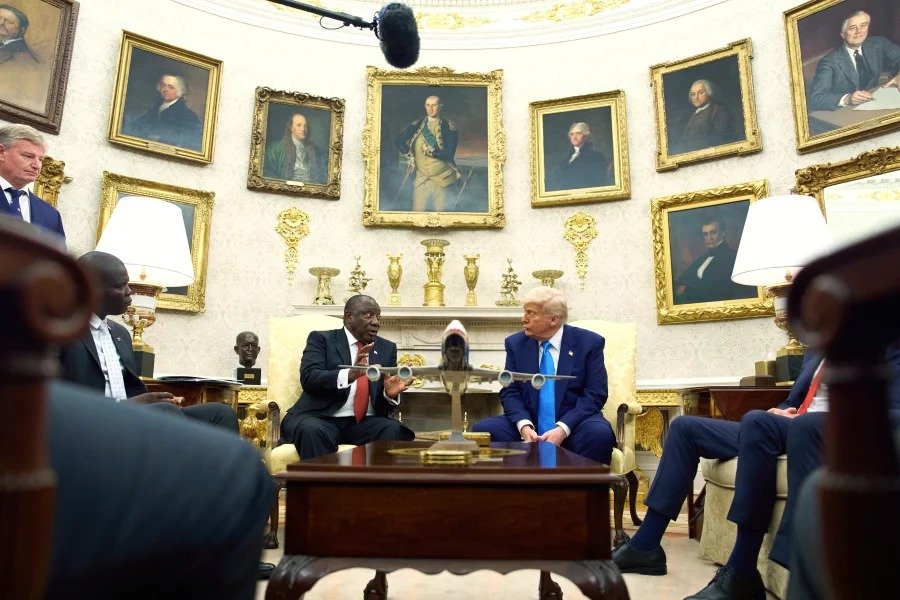Trump Threatens Steep Tariffs on European Union Trade and iPhones, Sparking Global Concerns
In a dramatic escalation of trade tensions, former U.S. President Donald Trump has threatened to impose a 50% tariff on imports from the European Union and a 25% tariff on Apple iPhones that are not manufactured in the United States. The announcement, made via social media, has sent shockwaves through global markets, reigniting fears of a trade war just as negotiations between Washington and Brussels appeared to be stalling.
Trump’s Justification for Tariffs
Trump has long criticized the European Union for what he perceives as unfair trade practices, arguing that the EU benefits disproportionately from its trade relationship with the U.S. He stated that discussions with EU officials were “going nowhere” and that the tariffs would be implemented starting June 1, 2025.The move is expected to hit luxury goods, pharmaceuticals, and other European exports hard, potentially disrupting supply chains and increasing costs for American consumers.


Apple in the Crosshairs
In addition to targeting the EU, Trump has also set his sights on Apple, demanding that the tech giant shift iPhone production to the U.S. or face a 25% import tax on devices sold in the country.Apple, which currently manufactures most of its iPhones in China and India, has yet to respond to the threat. Analysts warn that such a tariff could significantly increase the price of iPhones for American consumers, making them less competitive in the global market.
Market Reaction and Economic Implications
The announcement has already rattled financial markets, with Apple’s stock taking a hit and European indices experiencing volatility.Economists fear that these tariffs could lead to retaliatory measures from the EU, further straining transatlantic relations. The European Commission has remained cautious in its response, stating that it is “prepared to defend its interests” but has not yet outlined specific countermeasures.
Political and Global Ramifications
Trump’s aggressive trade stance comes at a time when the U.S. is navigating complex economic challenges, including inflation and supply chain disruptions. His latest move has raised concerns among business leaders and policymakers who worry that escalating tariffs could harm American businesses and consumers rather than benefit them. Some experts believe that Trump’s threats are a negotiation tactic aimed at pressuring the EU into making concessions, but whether this strategy will succeed remains uncertain.
What’s Next?
With the June 1 deadline looming, all eyes are on the EU’s response and Apple’s next move. If the tariffs go into effect, they could reshape global trade dynamics, forcing companies to rethink their manufacturing strategies and potentially leading to higher prices for consumers. As the situation unfolds, businesses and investors will be watching closely, hoping for a resolution that avoids a full-blown trade war.
For now, uncertainty prevails, and the world waits to see whether Trump’s threats will materialize or if diplomacy will prevail. Either way, the coming weeks are set to be crucial in determining the future of U.S.-EU trade relations and the fate of Apple’s global supply chain
Discover more from The World Mix
Subscribe to get the latest posts sent to your email.




